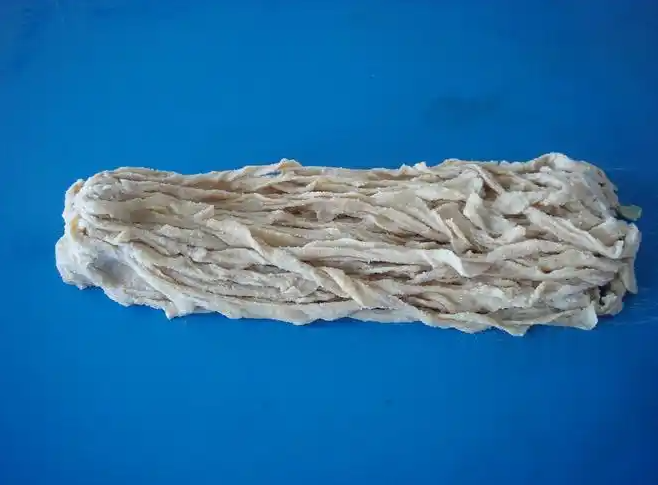Reasons for the Loss of Nutritional Value in 4 Common Casing Types

After processing, casings are used for making sausages and cured sausages. They help preserve the flavor and act as a barrier. However, if casings are not stored properly, they can lead to a loss of nutritional value and aroma. So, what causes this loss of nutritional value?
Oxidative Browning Due to Oxygen Ingress: This change occurs from the outside inward. It first causes the outer layer of the sausage to fade from pinkish to lighter, then white, and gradually turn grayish-brown. Cutting the sausage cross-sectionally reveals an oxidation ring, which deepens over time.
Meat Spoilage from Bacterial Growth: Under the protective effect of the casing, external bacteria cannot enter the sausage interior. The bacteria referred to here are those present in the raw meat ingredients. The pasteurization process at 80-90°C applied after filling cannot kill all these bacteria. This sterilization method only eliminates most pathogenic bacteria but cannot kill heat-resistant spores like Bacillus. These remaining bacteria multiply relatively slowly at 0-4°C, but if the casing has poor oxygen barrier properties or over an extended period, they can cause the sausage to spoil, rendering it inedible.
Moisture Loss: Loss of moisture from the sausage causes it to lose elasticity, reduces freshness, and impairs texture. This necessitates that the casing has excellent moisture barrier properties.
Flavor Loss: The loss of the sausage's aroma and distinctive smell requires the casing to have excellent gas barrier properties to prevent this.
Processed Casings – High-quality casings provide an effective barrier, prevent nutrient loss, and effectively retain moisture and aroma.
